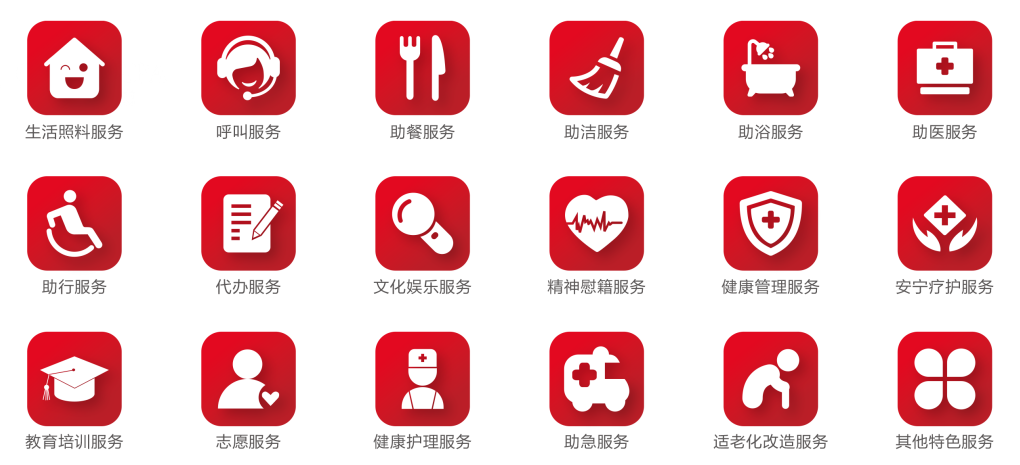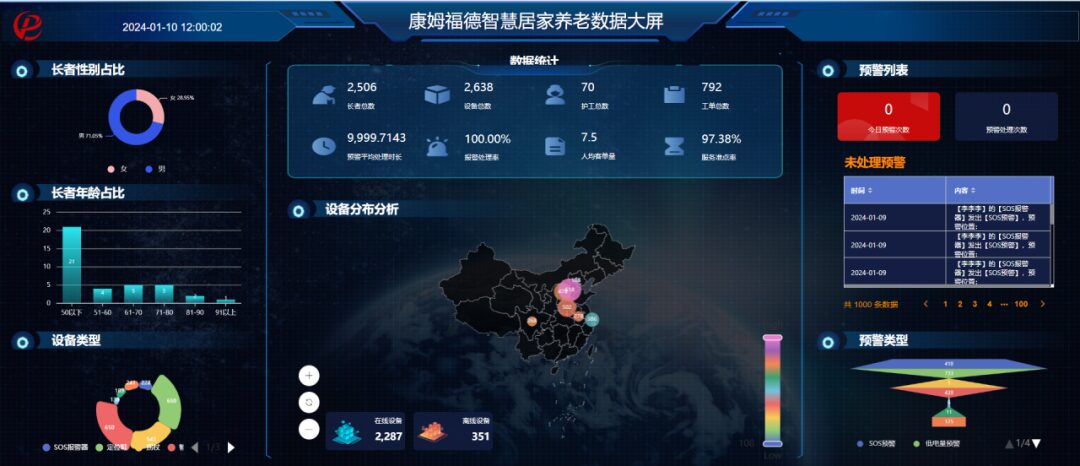In today’s society, with the continuous aging of the population, elderly care services have become a highly concerned field. Traditional elderly care models are facing numerous challenges, such as uneven resource distribution and varying service quality. Against this backdrop, community embedded smart home elderly care is emerging as a new elderly care model, and it is expected to become the next trend.

1. Definition and Concept of Embedded Smart Home Elderly Care
Embedded smart home elderly care, as the name suggests, is based on the community as a carrier, integrating modern technology with elderly care services through resource embedding, functional embedding, and diversified operational methods, to provide elderly people with nearby, professional, personalized, and convenient elderly care services. The core of this model lies in utilizing modern technological means such as information technology, Internet+, Internet of Things, big data, cloud computing, and artificial intelligence to embed a market-oriented elderly care institution within the community, integrating surrounding elderly care service resources to form an efficient and intelligent elderly care service system.

2. Characteristics of Embedded Smart Home Elderly Care
1. Technology Integration and Application
Embedded smart home elderly care fully utilizes Internet of Things technology to collect and transmit real-time information about the elderly’s living environment, health status, etc. This information is stored, analyzed, and processed through big data and cloud computing technology, and then assisted by advanced technologies such as artificial intelligence to provide personalized services for the elderly. For example, smart wearable devices can monitor the elderly’s heart rate, blood pressure, and other physiological indicators in real-time, and once abnormalities are detected, an early warning mechanism is immediately activated to ensure the health and safety of the elderly.

2. Personalized Services
The smart elderly care system can provide customized elderly care services based on the elderly’s health status, living habits, interests, and hobbies. For instance, for elderly individuals with mobility difficulties, the system can provide smart wheelchairs, rehabilitation aids, and other equipment; for elderly individuals with memory decline, the system can set up smart reminders to help them take medication on time and participate in activities.
3. Efficient and Convenient
The smart elderly care system can respond to the elderly’s needs in real-time, providing fast and accurate services. Elderly individuals can enjoy elderly care services anytime and anywhere through smart phones, tablets, and other devices. This service model not only improves service efficiency but also greatly facilitates the lives of the elderly.

4. Security Assurance
The smart elderly care system monitors the elderly’s living environment in real-time, promptly identifying safety hazards and notifying relevant personnel through an intelligent alarm system for handling. In addition, the system can also provide emergency rescue services to ensure that the elderly receive timely assistance in case of emergencies. This comprehensive security guarantee allows elderly individuals and their families to feel more at ease.
5. Promoting Social Participation
The smart elderly care system connects elderly individuals, families, communities, and medical institutions, promoting information exchange and interaction among all parties. This not only increases the elderly’s social participation and reduces their feelings of loneliness and loss but also promotes harmony and stability within the community.

6. Reducing Elderly Care Costs
The smart elderly care system reduces the cost of elderly care services by improving service efficiency and reducing human intervention. At the same time, through data analysis, the system can optimize resource allocation and improve resource utilization efficiency. This low-cost, high-efficiency elderly care model is of great significance for alleviating the social elderly care pressure.